
It’s Saturday night in Tai Kok Tsui and the evening crowd is starting to build. In recent years, Pok Man Street has become a Hong Kong nightlife destination, with restaurants, craft beer tap rooms and wine bars opening, and they quickly fill up as the sun sets.
A few blocks away, at the base of a new high-rise on Li Tak Street, singers take the stage at the Lost Stars Livehouse, a surprisingly swanky cabaret that serves negronis and martinis to a largely young crowd of music-lovers.
Few of these businesses existed five years ago. Some were drawn by the new, upmarket housing estates that are reshaping this previously working-class neighbourhood; others noticed the large HSBC and Bank of China office towers next to Olympic MTR station and decided they could supply an ample crowd of customers. But most were on the lookout for that most elusive of Hong Kong neighbourhoods: a centrally located area with affordable rent.
That was the case for Darren Leung, owner of Once You Go Craft, a beer bar that opened in April 2019 on Pok Man Street. “I live in Tuen Mun [in the southwest New Territories] and there aren’t a lot of little businesses like this any more – it’s all big brands,” says Leung.
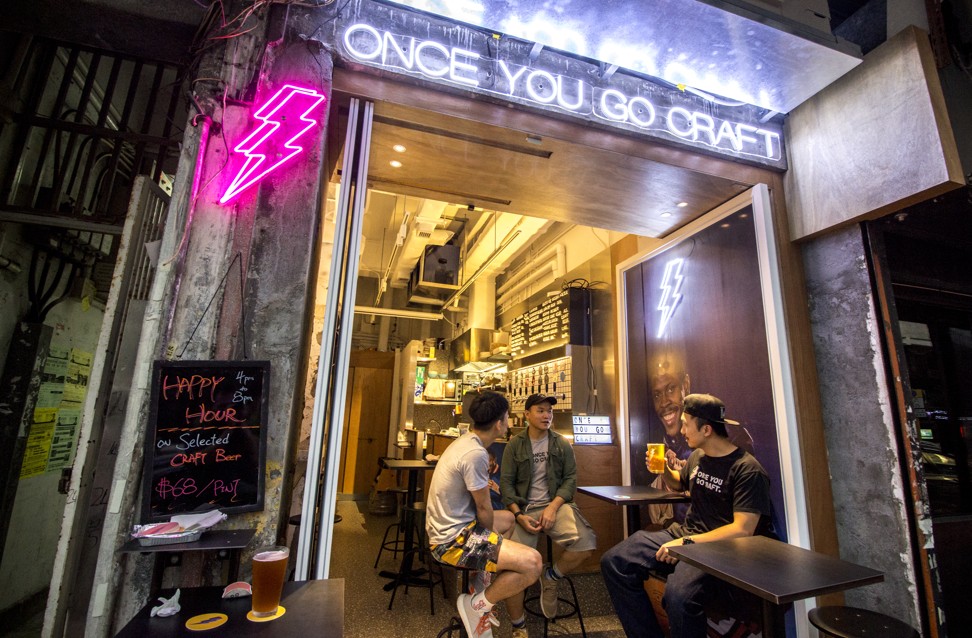
An airline pilot who runs the bar with the help of two players from the rugby team he coaches, Leung says rents in Tai Kok Tsui were much more reasonable. “Around here, it’s a good mix of old and new, and you get a lot of foot traffic.”
With a rotating selection of eight locally brewed beers on tap, Leung expected to draw a steady happy hour crowd from the adjacent HSBC building. “But so far, most of the customers are neighbourhood residents,” he says. This is not surprising: people in Tai Kok Tsui like to stay in Tai Kok Tsui.
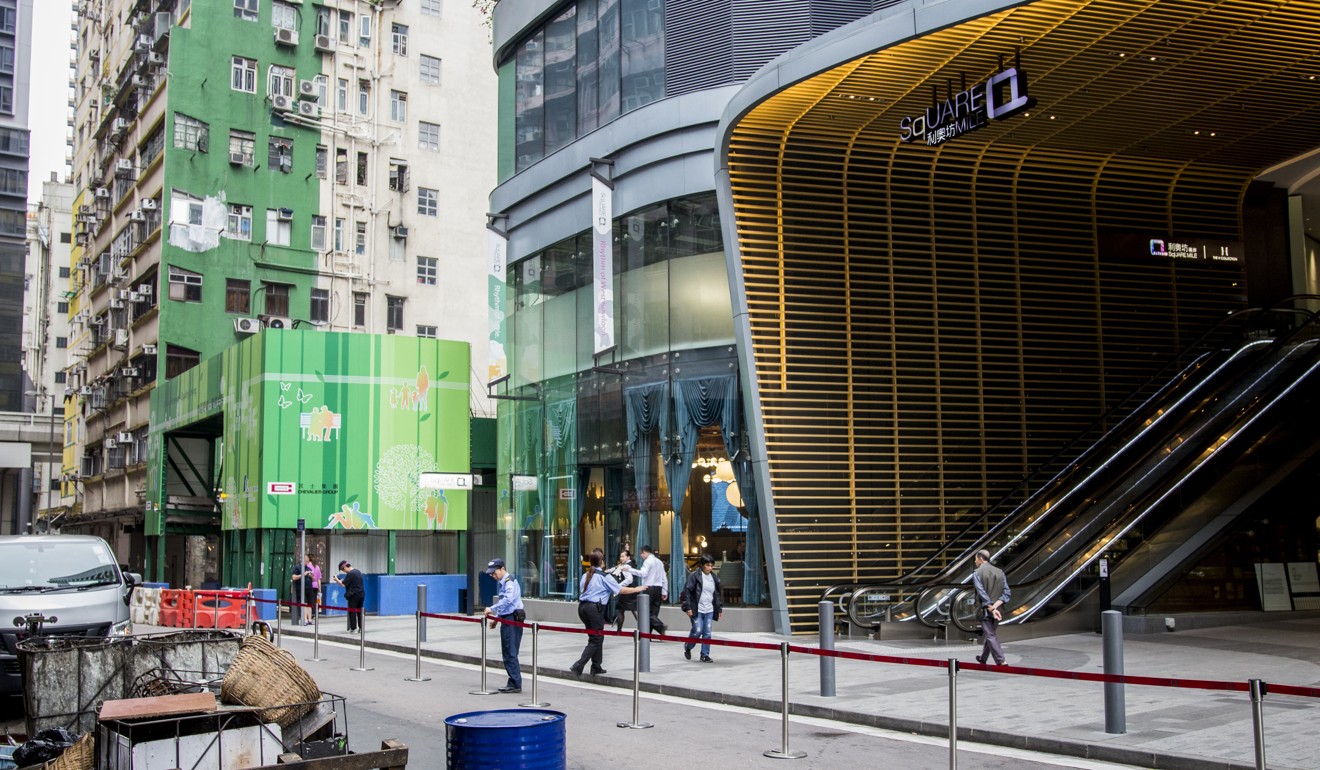
For all the new high-rises that are sprouting up, this little corner of Kowloon still has the feel of a village. Its narrow streets are lined by butcher’s stalls and late-night noodle shops, and passers-by shuffle along in gaai fong zong – a “neighbourhood outfit” of shorts, flip-flops and T-shirts. Most of the bicycle racks outside the Tai Kok Tsui Municipal Services Building are filled with tiny bikes for children, who spend their evenings darting around the public square in front of the complex.
It has been a long time since Tai Kok Tsui was actually a village, however. Deep inside the Hong Kong government’s archives, a yellowed map reveals the neighbourhood as it was in 1893: a near-island just barely connected to Kowloon by a narrow spit of land. A few rows of houses were clustered along the shoreline, looking out towards the city mushrooming across the harbour.
By then, Hong Kong’s growth had already begun to absorb the sleepy outpost. Just behind the village, alongside a hill that has long since been flattened, British trading house Hutchison Whampoa built the Cosmopolitan Dock in 1880.
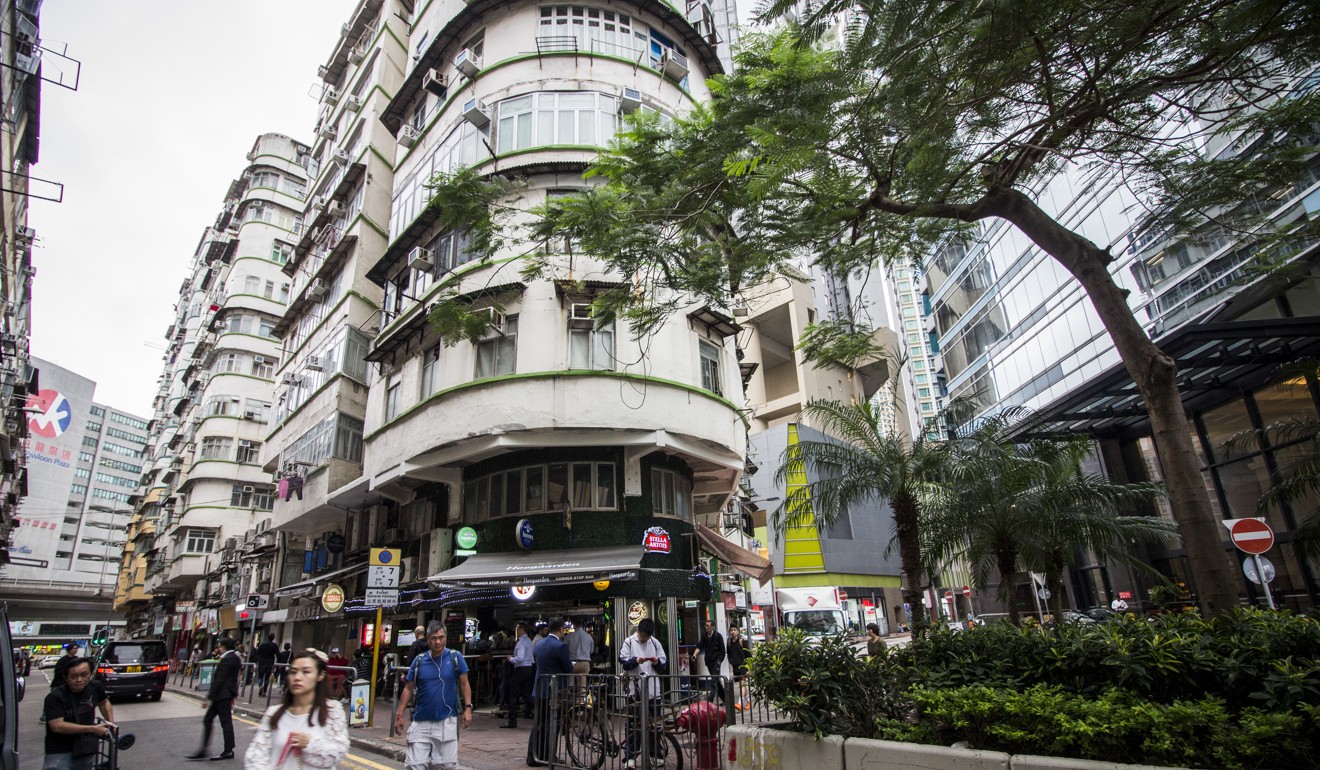
“The interesting thing about Cosmopolitan Dock – unique in Hong Kong and quite uncommon elsewhere – is that it was designed from the outset as two docks in one; an inner and an outer,” writes local naval historian Stephen Davies. That gave it the flexibility to be used for two ships at once, or a single large ship. Technically known as a graving dock, this type of configuration was found in only a handful of other ports around the world.
The dock made the news a handful of times over the years. In 1937, a hundred Norwegian, Danish and Swedish refugees who had fled the Japanese invasion of Shanghai were housed in former naval quarters at the dock as they waited to be resettled. Later that year, a shipwrecked steamer named the An Lee – which had “almost become a landmark along the Hong Kong waterfront”, according to a contemporary Post report – was towed to the dock.
Big change was to come to Tai Kok Tsui thanks to Eurasian businessman Sir Robert Hotung, director of Hutchison Whampoa, who had amassed much of the property around the Cosmopolitan Dock. He arranged a lucrative land swap with the government in 1923, which led to the development of the neighbourhood as we know it today. The deal set tongues wagging. “I think Sir Robert is getting a very good bargain,” wrote one civil servant to another when the deal was being approved.
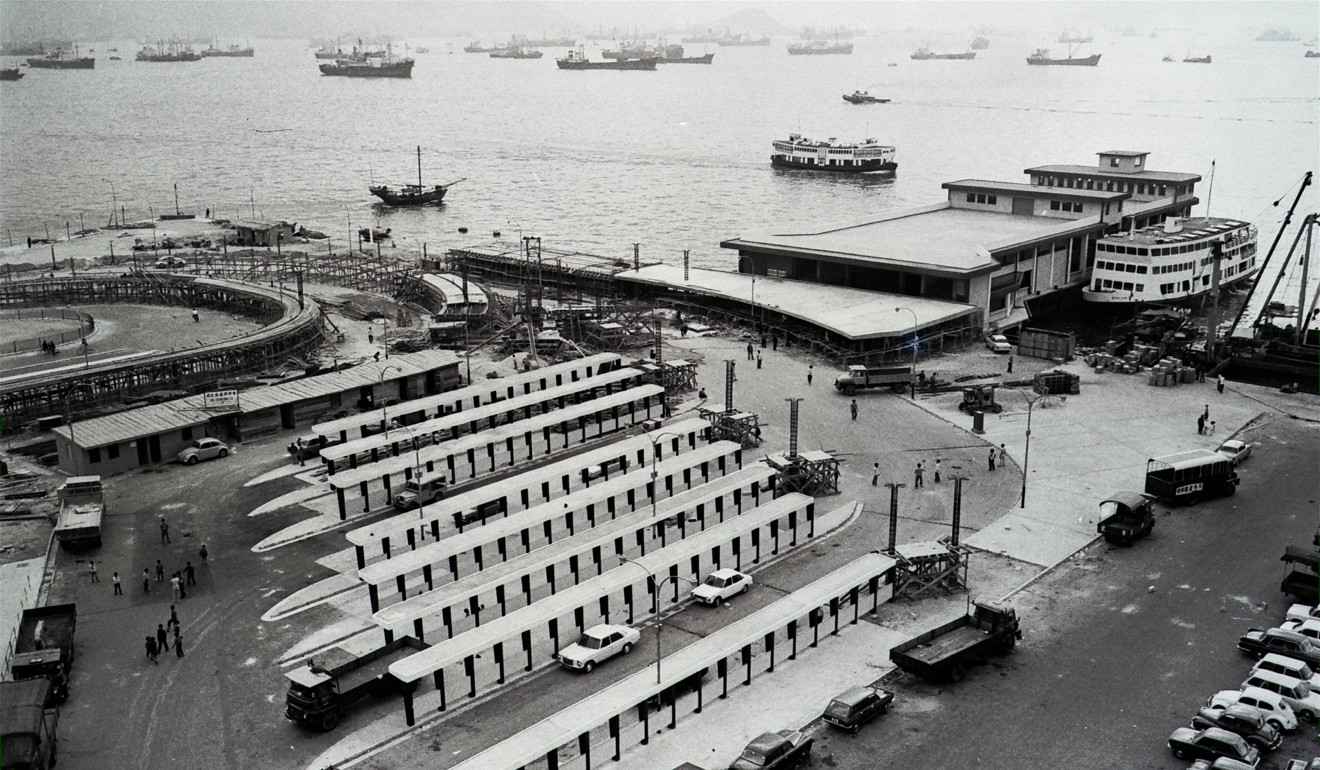
Five years later, a street grid was laid out. As was the custom at the time, civil servants in the Public Works Department named the streets in English. Perhaps they were wistful for the green and pleasant lands of Mother England, because many of the trees whose names they chose do not grow in Hong Kong, including ash, beech, elm and oak.
The names were later translated into Chinese, which engendered some confusion, as Fir Street was given a Chinese name that translates as Pine Street, Pine Street was translated as Cedar Street and Cedar Street was translated as Cypress Street.
After the brutal Japanese occupation of Hong Kong in the second world war – during which time the Cosmopolitan Dock was destroyed by American bombs – Tai Kok Tsui thrived. Garment factories and tenement housing sprang up. The waterfront facing the Yau Ma Tei typhoon shelter was particularly boisterous, with a row of dai pai dong (cooked food stalls) and touts offering pleasure rides on wooden sampans. Retired journalist Li Ping-sum remembers boat dwellers along the harbourfront “singing songs and serving delicacies such as congee and stir-fried clams”.
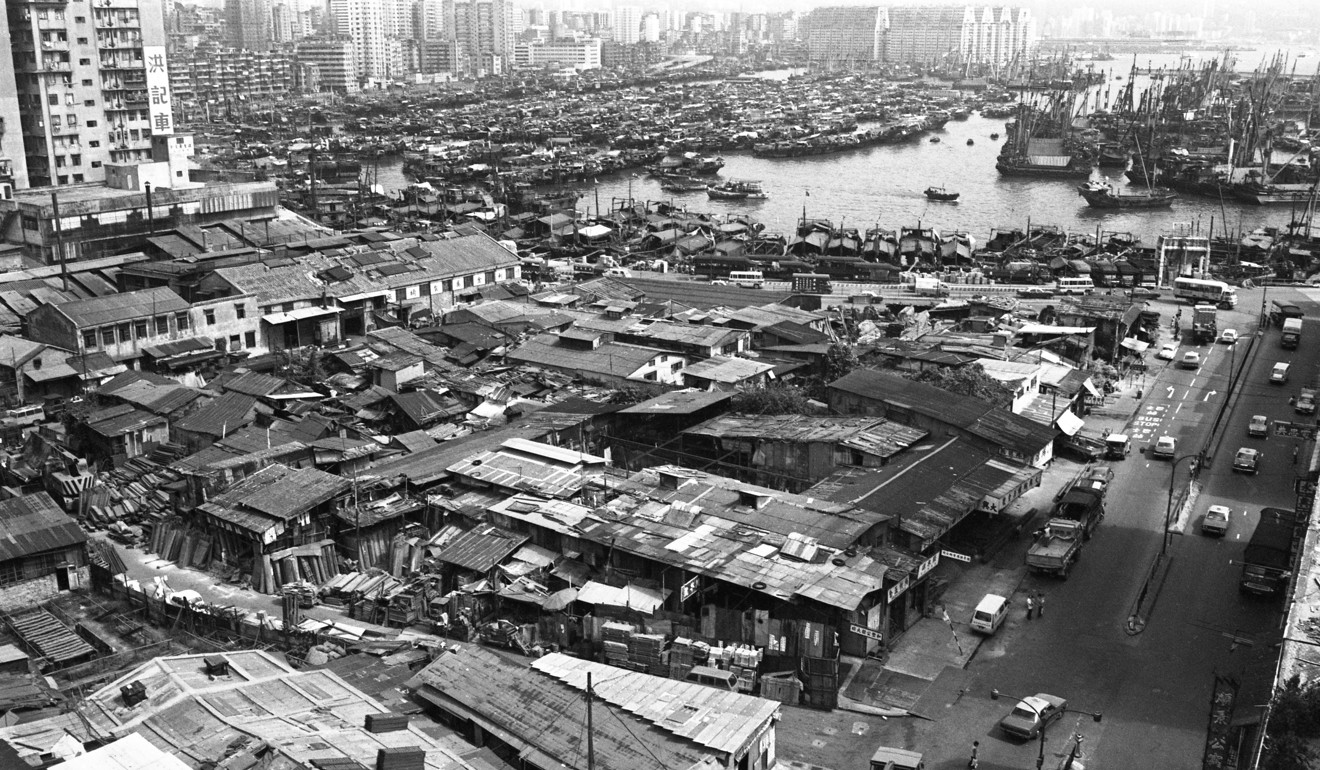
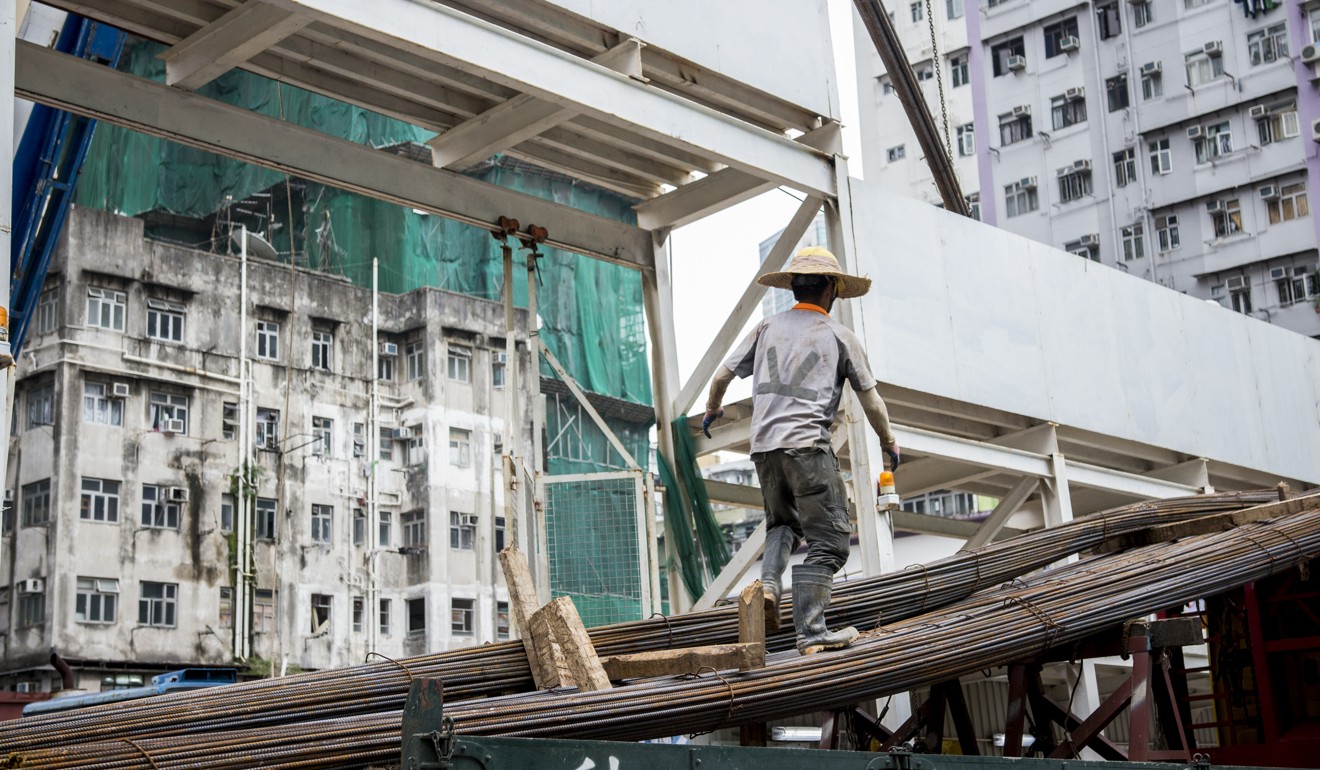
Further changes were on the horizon. In 1973, the government drafted a plan that called for the construction of new community facilities, car parks, schools and parks. That was followed by Hutchison Whampoa’s decision to shut down the Cosmopolitan Dock and redevelop it into a housing estate, the Cosmopolitan Estate – described by the Post at the time as a “self-contained township” – which was completed in 1975.
Redevelopment continued to chip away at Tai Kok Tsui’s industrial landscape. In 1977, a waterfront village of 90 workshops and 54 other businesses was razed to build a flyover. Some of the workshops were unique in Hong Kong, like the one run by Cheung Sic-sun, who made gypsum powder that was used in such disparate products as bean curd and paint. One business imported 90 per cent of the coal used in Hong Kong.
The Post estimated that 1,000 jobs were lost, and businesses erected a large banner in protest: “Government's policies are more fearsome than the tiger.”
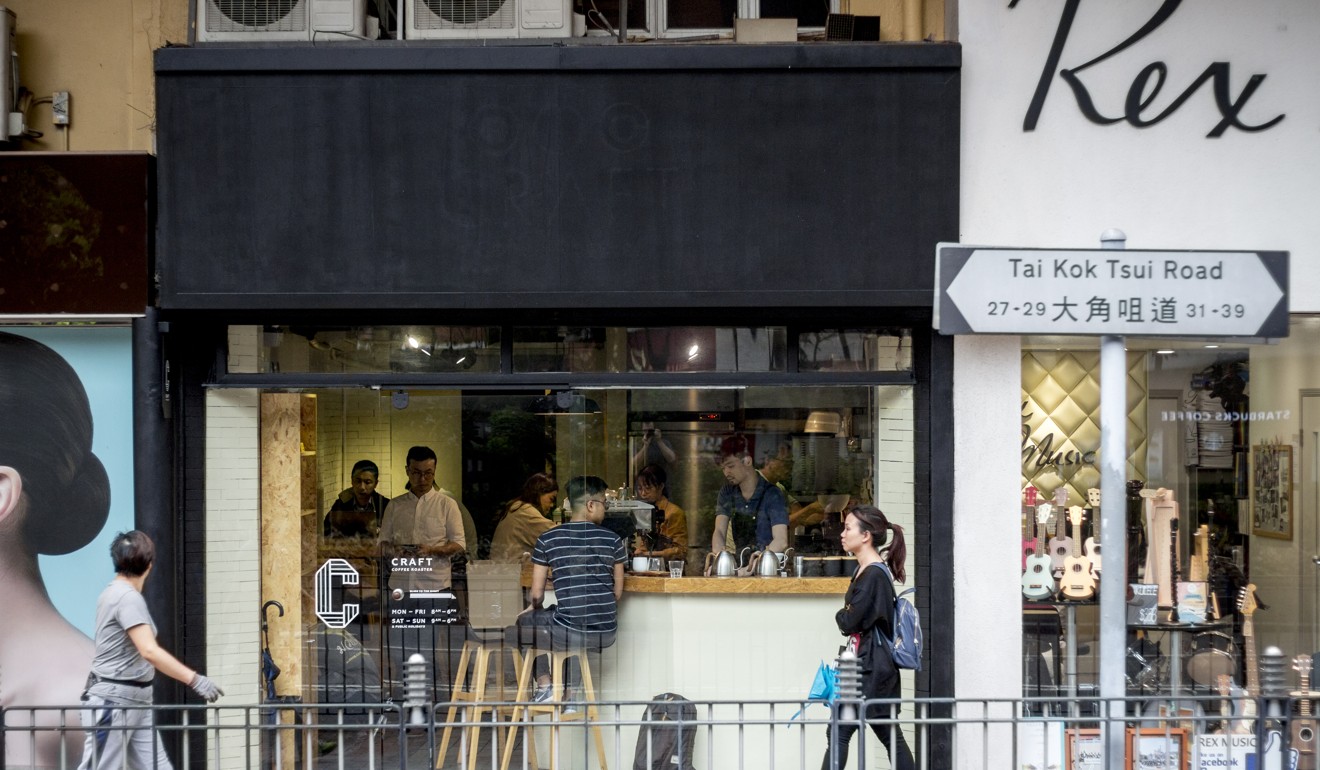
Then the waterfront disappeared entirely. Reclamation work for the new highway and MTR line to Lantau Island and the airport left Tai Kok Tsui landlocked. Tower blocks and shopping malls sprouted on the reclaimed land. The sea breeze was replaced by stifling heat; in 2007, Green Sense president Tam Hoi-pong pointed to a survey that showed nearly three quarters of Tai Kok Tsui residents felt the area’s ventilation was getting worse, and just under half said they were suffering from more respiratory problems.
And yet plenty are still drawn to Tai Kok Tsui’s neighbourly feel, convenient location and relatively affordable rents. When Ho Ho-him opened a wine business called Oakey Dokey in 2017, Pok Man Street seemed the perfect spot to launch something new to Hong Kong: a shop that allowed customers to buy wine at retail prices and drink it on site.
“In the Hong Kong wine business, the mark-up is often unreasonable, but here we can sell it at a better price,” he says.
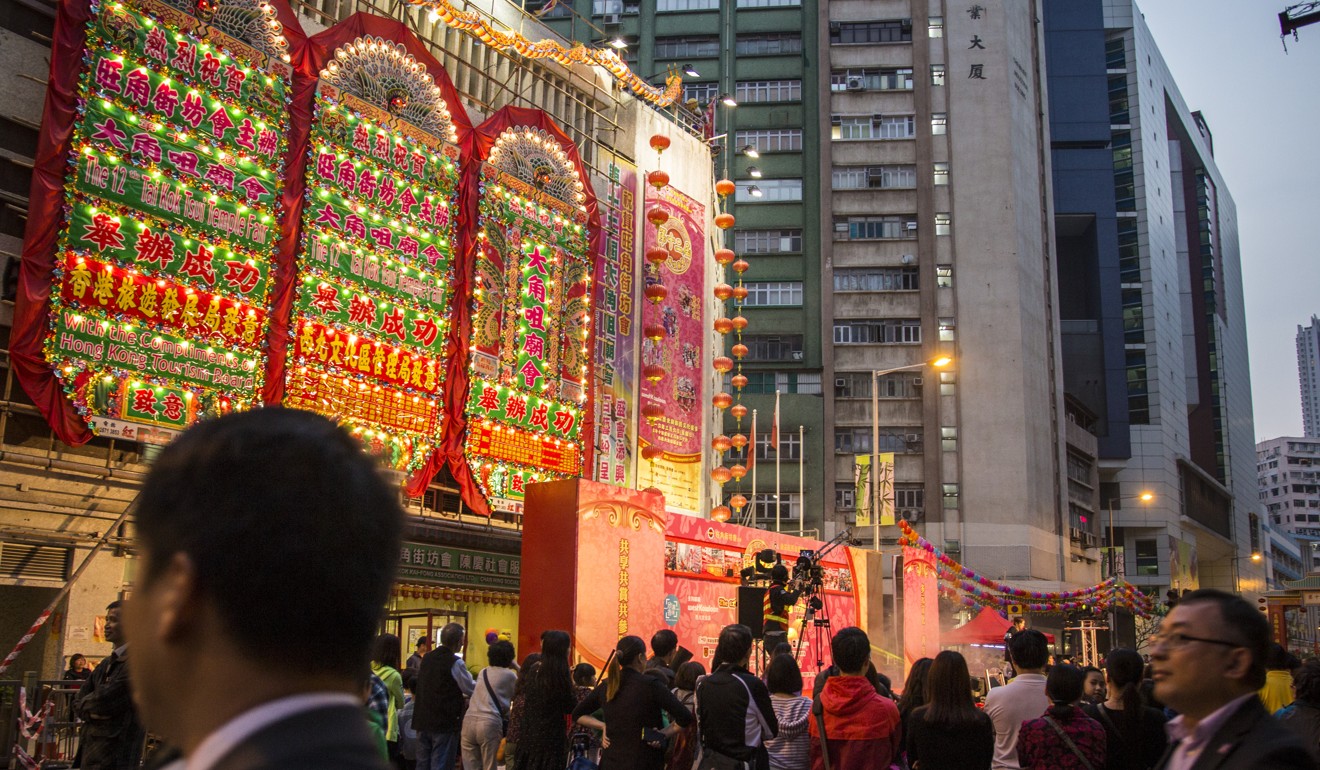
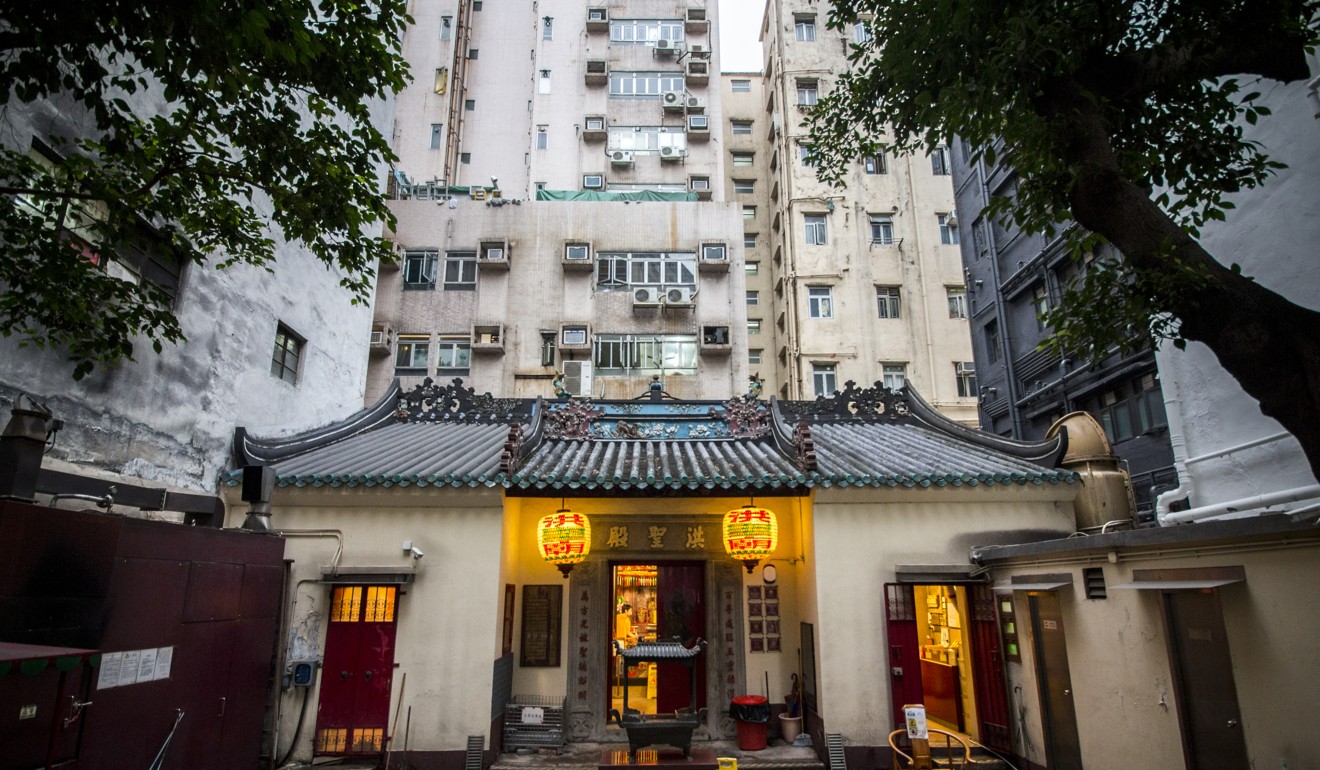
Just around the corner, Lok Chan runs Craft Coffee Roasters, which was one of Hong Kong’s first speciality coffee shops when it opened in an older building on Tai Kok Tsui Road in 2013. He knows that he may one day have to move – Henderson Land is buying up old buildings for a new multi-block retail, entertainment and residential development called Square Mile. The trickle of gentrification that has taken place in recent years is becoming a torrent of redevelopment.
“I think the changes are positive – it’s more interesting around here now,” says Chan. “Even if we have to move, we want to keep the shop around here. We love the neighbourhood.”







